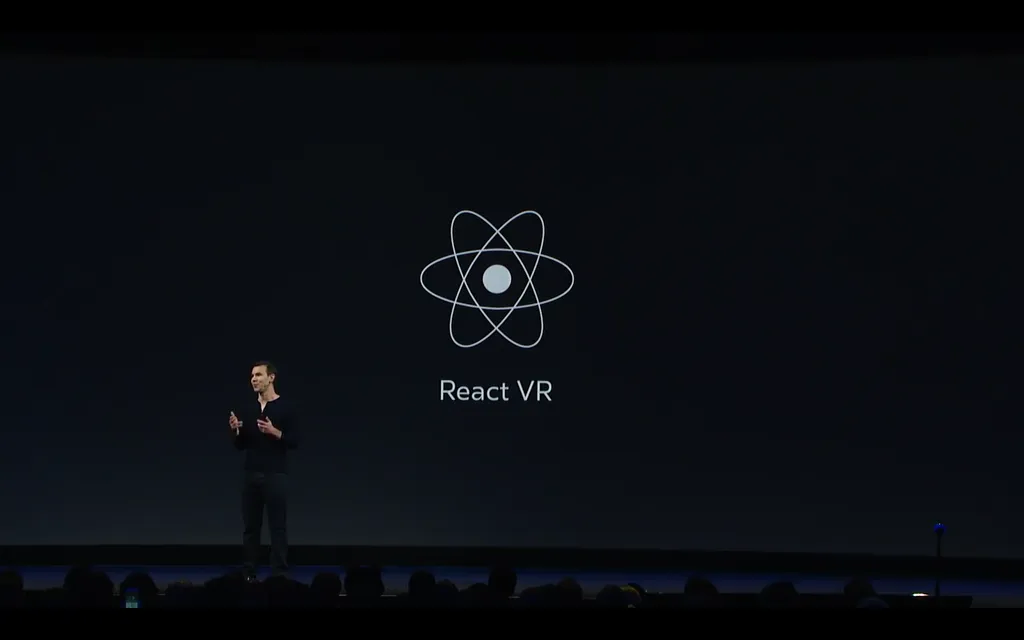Lots of VR news spiralled out of Facebook’s F8 developer conference yesterday, but this one slipped under the radar a little. The company just made a big step forward for WebVR by releasing React VR.
Using the same design as React before it, React VR is a framework that allows developers to create VR experiences using only JavaScript. That means these apps can be hosted on the web and accessed without the need for seperate software. Imagine just typing in a web address, pulling on your Rift, Vive, Gear, or Daydream, and finding yourself in a virtual world. It’s meant to be as simple as that, though there’s some ways to go yet.
React VR isn’t going to let you build the most immersive and compelling VR apps yet seen; it’s designed to accommodate experiences that will offer a seamless experience without the need for downloading any additional data. You’ll likely see plenty of 360 videos and branding experiences created with this new framework. As time goes on, however, we could see more entertainment experiences released and perhaps even the social VR apps that Facebook is already working on. We got to Facebook via web browser to catch up with friends; why wouldn’t the company let us do the same in VR?
Facebook is also working on its own web browser to support these kinds of experiences. Last year Oculus revealed — and released in experimental form — a browser codenamed Carmel, which will one day offer web browsing tailored for headsets.
But the social network isn’t the only play in this space; earlier this month Google took a big step forward with WebVR too, bringing support to the Android version of its Chrome app and showcasing a slate of experiences you can get involved with right now.
You can grab the React VR code over on GitHub.

























